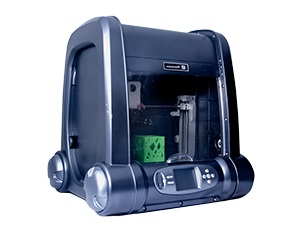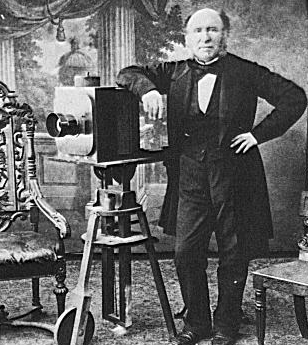 Top technology companies including Microsoft, Facebook and SAP have written a stiffly worded missive to the EU to complain that the blocs’ programmers are rubbish.
Top technology companies including Microsoft, Facebook and SAP have written a stiffly worded missive to the EU to complain that the blocs’ programmers are rubbish.
The open letter said that kids of today are not being given the skills to flourish in tomorrow’s digital economy and society and are not learning to code.
“It is undeniable that Europe needs more computer scientists and engineers if it is to prosper and compete – the number of unfilled ICT vacancies in Europe is expected to reach 900,000 by 2020,” the letters said.
Coding was not just for “geeks” or those destined for a career in ICT. A plethora of interesting, creative jobs all depend on a degree of coding ability. Whether analysing healthcare data, designing security software or creating special effects for movies, coding is the red thread that runs through Europe’s future professions, the letter said.
“The spread and sophistication of coding teaching in Europe remains too limited. Code is easy to learn but not widely taught in schools. Only 20 per cent of Europe’s school children are in schools which have adopted over-arching formal policies covering the use of ICT across all subjects.”
Part of the problem is that ICT and computer science skills are seen as niche, with little relevance to other fundamental academic pursuits. In Europe, fewer than 15 per cent of students have the opportunity to use the kind of higher level ICT in school that would help them develop ’21st century skills’ such as collaboration, self-regulation and problem-solving.
Teachers have the power to awaken passions and inspire ideas. And they are enthusiastic adopters of technology, keen to implement digital skills in their classroom. However, they receive little to no structured ICT training, it said.




















